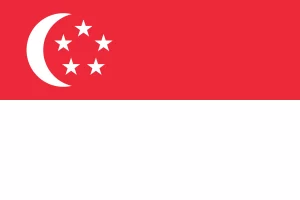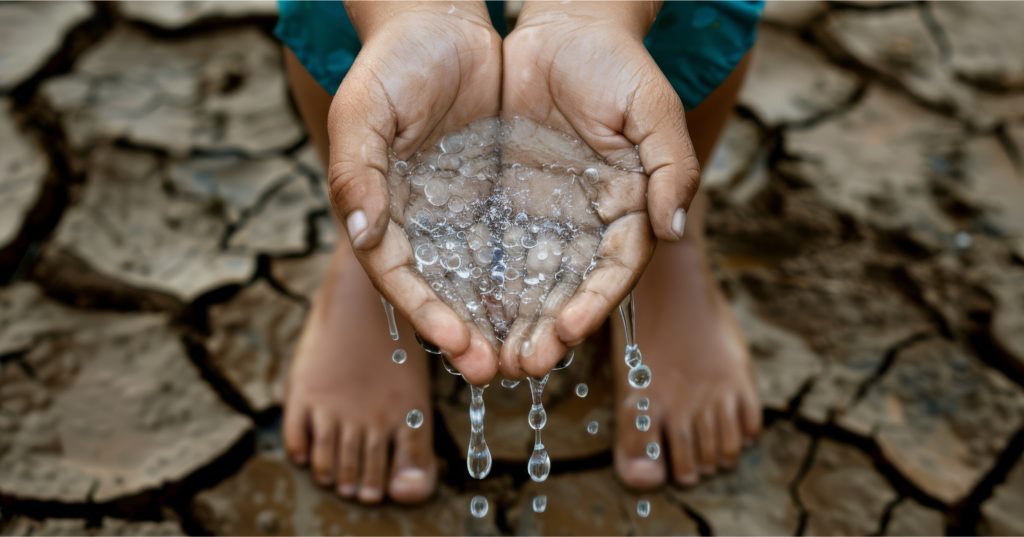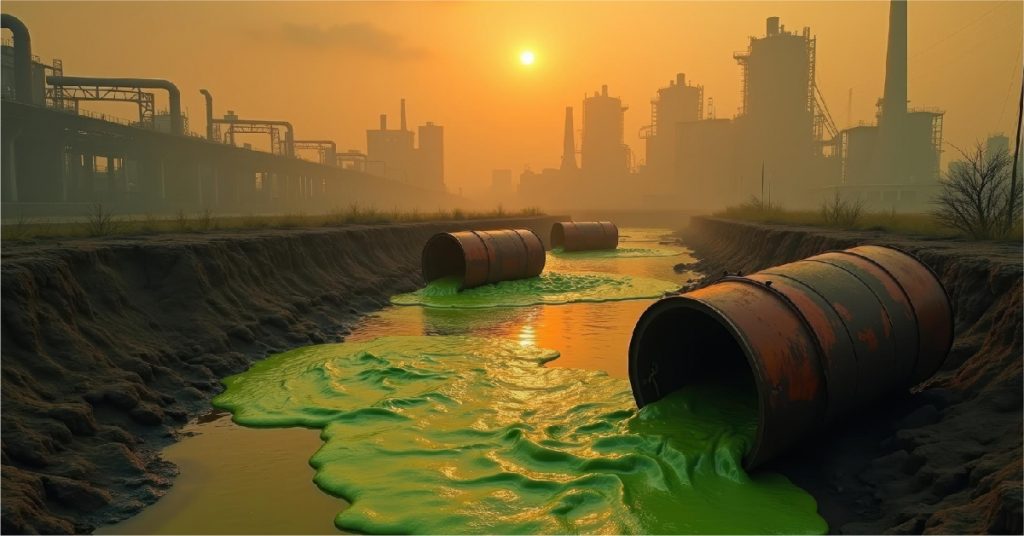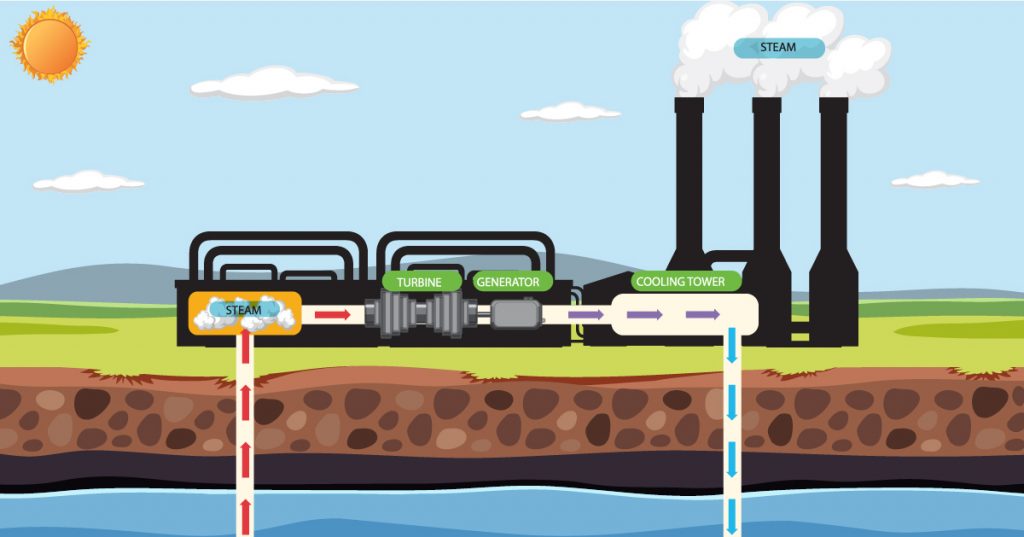Water scarcity is one of the most pressing global challenges of our time. It affects millions of people, disrupts ecosystems, and hinders sustainable development. Singapore, despite its reputation for innovative water management, is not immune to the looming threat of water scarcity. As climate change intensifies and global water demand grows, understanding what water scarcity is and addressing its causes becomes increasingly important for nations, industries, and individuals alike.
What Is Water Scarcity?
Water scarcity refers to the shortage of adequate, safe, and accessible water to meet the demands of a population. It occurs when water resources are insufficient to support agricultural, industrial, and domestic needs, or when poor management depletes or pollutes available water supplies. In Singapore, the challenge is particularly pronounced due to its limited natural water resources and high dependency on imported water.
Water scarcity can be classified into two categories:
- Physical Water Scarcity: This occurs when natural water resources are insufficient to meet demand.
- Economic Water Scarcity: This arises when inadequate infrastructure or financial constraints limit access to water, even if resources are available.
Singapore faces both forms of water scarcity, necessitating innovative solutions and sustainable management practices.
Causes of Water Scarcity
The causes of water scarcity are complex and multifaceted, often involving a combination of natural and human-induced factors. Understanding these causes is essential for developing effective strategies to combat water scarcity.
- Climate Change
Global warming has altered precipitation patterns, leading to prolonged droughts in some regions and extreme flooding in others. These unpredictable weather patterns disrupt Singapore’s ability to rely on traditional water sources and increase the urgency for diversification and conservation efforts. - Population Growth and Urbanization
Singapore’s growing population and urbanization put immense pressure on existing water resources. As demand for water increases, the risk of water scarcity escalates, making efficient water management more critical. - Overuse of Water Resources
Excessive consumption of water for agriculture, industry, and daily life contributes to water scarcity. Over-extraction of groundwater and over-reliance on surface water can deplete resources faster than they can naturally replenish. - Pollution
Pollution of rivers, lakes, and aquifers is a significant cause of water scarcity. Industrial waste, agricultural runoff, and untreated sewage contaminate water supplies, rendering them unfit for consumption or use. Singapore’s proactive measures to combat pollution highlight the importance of maintaining clean water resources. - Limited Natural Resources
Singapore lacks abundant freshwater sources such as rivers and lakes, relying heavily on imported water and innovative technologies to meet its needs. This geographical limitation makes the nation particularly vulnerable to water scarcity.
Addressing Water Scarcity in Singapore
Despite the challenges, Singapore has made remarkable progress in addressing water scarcity through innovative and sustainable practices. The nation’s approach serves as a global model for managing limited resources effectively.
- Newater
Singapore’s Newater initiative involves recycling treated wastewater into high-quality water suitable for industrial and potable use. This cutting-edge technology significantly reduces reliance on imported water and ensures a sustainable water supply for the future. - Desalination Plants
By converting seawater into freshwater, desalination plants help diversify Singapore’s water sources. While energy-intensive, advancements in technology have made desalination a more viable solution for combating water scarcity. - Rainwater Harvesting
Rainwater collection and storage are integral to Singapore’s water strategy. By maximizing the use of rainwater, the nation reduces its dependency on imported water and strengthens its resilience to shortages. - Public Awareness Campaigns
Educating the public about the causes of water scarcity and encouraging water-saving habits are vital components of Singapore’s approach. Public participation in conservation efforts helps ensure long-term water security. - Collaboration and Partnerships
Singapore’s collaboration with neighboring countries and international organizations has been instrumental in addressing water scarcity. Sharing knowledge, technology, and resources strengthens collective efforts to combat the crisis.
Innovative Solutions by Ion Exchange to Combat Water Scarcity
One of the leading companies addressing water scarcity in Singapore is Ion Exchange. By providing advanced water treatment and recycling solutions, Ion Exchange plays a crucial role in helping industries and communities manage their water resources more sustainably.
It offers a compact, fully automated twin-bed deioniser system with advanced counter-flow ion exchange technology. Designed for rapid regeneration within 35 minutes, it ensures continuous high-quality deionized water with minimal waste. The skid-mounted, corrosion-resistant frame includes a stainless steel pump that aids in service and provides recirculation options for optimal water quality. With a PLC-controlled cycle and a 10.4″ HMI display, it operates at low cost and high efficiency, achieving water conductivity between 1–10 μS/cm, ideal for applications demanding superior treated water.
The escalating scarcity of quality water has heightened dependence on groundwater sources, necessitating effective treatment solutions for brackish or saline water. With Ion Exchange’s INDROMATIC RO SERIES, industries are leveraging advanced reverse osmosis membrane technology. Widely adopted globally, this system efficiently purifies brackish water for industrial and potable use. The INDROMATIC RO SERIES ensures the production of water with significantly low dissolved solids while eliminating particulate, colloidal, and organic matter. Noteworthy advantages include its status as the most economical and efficient method for dissolved solids removal, operational simplicity with a compact footprint, adept handling of fluctuations in feed water Total Dissolved Solids (TDS), and assured accessibility to spares and services with a short delivery period.
Ion Exchange provides innovative water recycling solutions with a range of advanced products designed to meet diverse treatment needs. These include continuous media filters, which efficiently remove suspended solids and impurities; advanced oxidation systems, which break down complex contaminants using powerful oxidation processes; and membrane systems for high-performance filtration, ensuring clean and reusable water. Together, these technologies enable industries to recycle water effectively, reduce waste, and promote sustainable water management practices.
Conclusion
Water scarcity is not just a local issue but a global crisis with far-reaching consequences. It threatens food security, exacerbates poverty, and intensifies conflicts over shared resources. As nations worldwide grapple with this challenge, Singapore’s innovative strategies offer valuable lessons for managing water sustainably.
Addressing what water scarcity is and understanding its causes is critical for shaping policies and practices that prioritize water conservation, efficient usage, and equitable distribution. Global cooperation is essential for tackling the root causes of water scarcity and ensuring access to clean water for all.
Connect with Ion Exchange experts to learn more about cutting-edge solutions for water scarcity.





